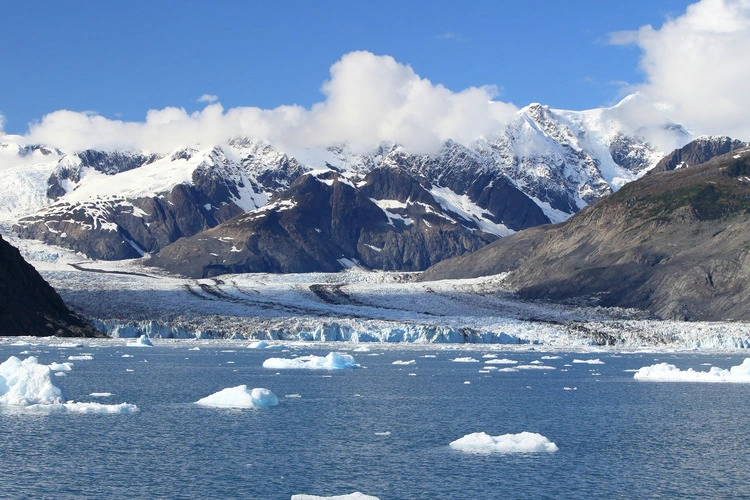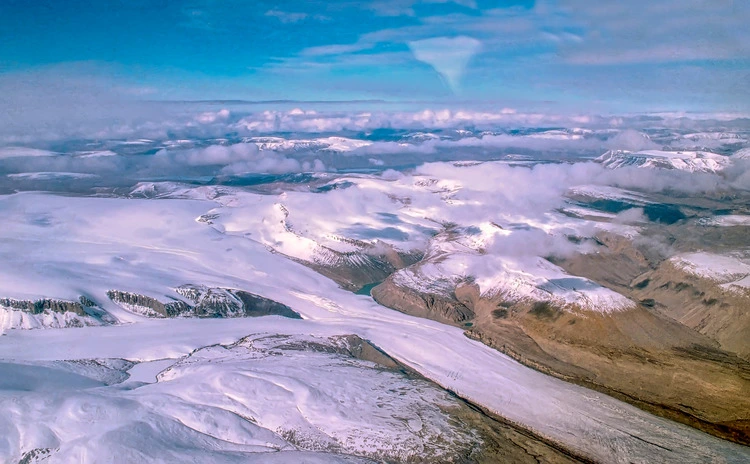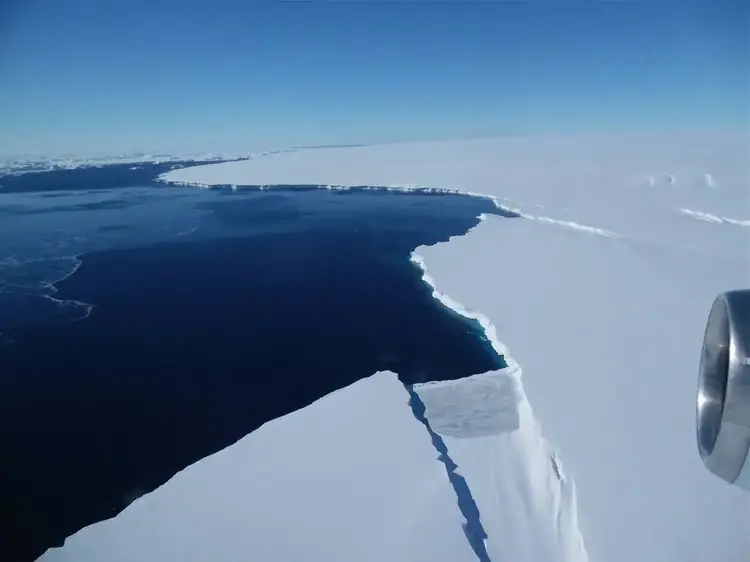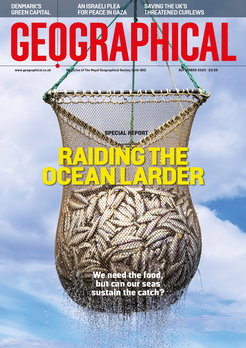
Discover the top five largest individual glaciers on the planet – a ranking scientists have only recently been able to accurately produce
By
Around the world, there are approximately 198,000 glaciers. These vast masses of ice and snow cover 11 per cent of Earth’s total land area – and are key to providing drinking water, habitats and nutrients to wildlife – but where exactly are the biggest?
While it may seem a simple case of ranking, deducing the world’s largest individual glaciers is in fact a complicated task. As it depends largely on how ice is divided – a subjective and contested measure – rankings can differ, as well as the changing quality of available data.
Enjoying this article? Check out our related reads:
In 2022, the World Glacier Monitoring Service (WGMS) carried out the first systemic assessment to answer the question of the largest glaciers on the planet.
Here we reveal the top five largest glaciers according to total square kilometres, in reverse order…
5) Bering Glacier, Alaska – 3,025 sq. km
The longest and largest glacier in continental North America, the Bering Glacier is located in Alaska’s Wrangell-St. Elias National Park and is the fifth largest glacier in the world.
The Bering Glacier has surged multiple times during the twentieth century – a process by which a glacier moves much faster than normal – and in 2008 surged forward up to 300 feet in a single day. Such movements are caused by instability as meltwater accumulates at a glacier’s base, allowing for less friction to occur so that the glacial flow can increase.
Runoff from the Bering Glacier is huge: it contributes an estimated 6.5 trillion tons of water to the Gulf of Alaska every year.
4) Wykeham Glacier South, Canadian Arctic – 3,176 sq. km

One of the biggest glaciers outside of Antarctica, Wykeham Glacier South is located in the Canadian Arctic on Ellesmere Island.
Wykeham Glacier South, along with the nearby Trinity Glacier, has retreated by approximately 5 kilometres in the last twenty years, thought to be due to warming air temperatures that lead to ice melt on glacial surfaces.
As icebergs continue to calve away from both the Wykeham and Trinity glaciers, scientists raise concerns that the few remaining ice masses in northern Canada – along with those in Greenland and Russia – are likely to disappear in the upcoming decades.
3) Alexander Island Glacier No. 1, Antarctic – 4,766 sq. km
The Alexander Island Glacier No. 1 is named after its location on Alexander Island, the largest island on Antarctica. Here, rugged terrain is common with many U-shaped glaciated valleys.
Over the last two centuries, the area has experienced rapid deglaciation, with many of the largest glaciers retreating anywhere between 40–80 kilometres. Scientists are unsure yet whether such a process is part of a natural cycle, or caused by the impacts of climate change.
2) Thurston Island Glacier No. 1, Antarctic – 5,261 sq. km

At number two is Thurston Island Glacier No. 1 – located between the Amundsen and Bellingshausen Seas – which descends from Mount Siple (a dormant shield volcano) and drains the northern slopes of Siple Island.
The glacier is home to a large population of emperor penguins: the last satellite imagery of the island estimated almost 3000 of the species on its icy surface.
1) Seller Glacier, Antarctic Peninsula – 7,018 sq. km
At number one is Seller Glacier, the world’s biggest glacier, stretching its mighty expanse across the west coast of the Antarctic Peninsula. This vast glacier was first mapped during aerial surveys conducted between 1934 and 1937 by the British Graham Land Expedition (BGLE).
It flows into the Forster Ice Piedmont, and was named after English hydrographer and compass maker John Seller who published the very first sailing directions for England.




